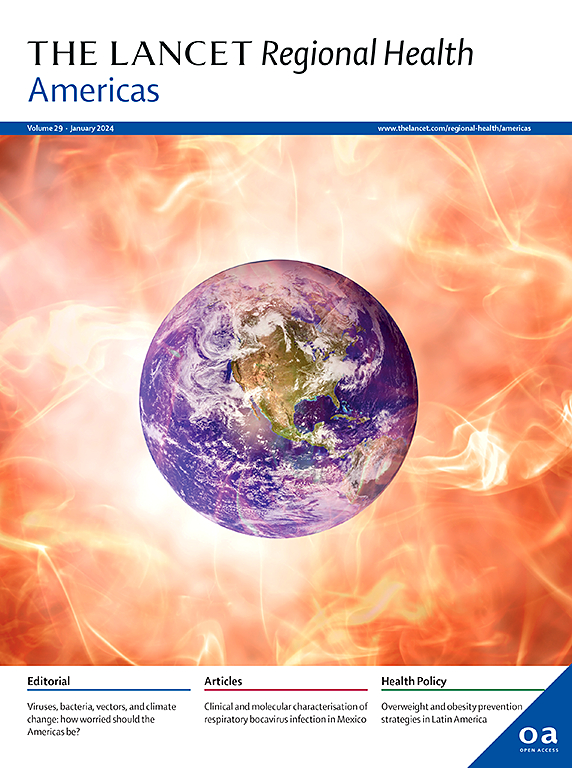加强美国和全球对禽流感的应对
IF 7
Q1 HEALTH CARE SCIENCES & SERVICES
引用次数: 0
摘要
美国最近在奶牛和人类中出现高致病性H5N1禽流感病毒感染,这引起了人们对可能发生大流行的警惕。超过995头奶牛群和至少70人受到影响,包括严重疾病病例和美国首次报告的h5n1相关死亡病例。没有已知与受感染动物接触的零星人类感染突出了病毒适应有效人际传播的可能性。与此同时,该病毒继续在野生鸟类、后院禽群和被猎杀的迁徙物种中传播,进一步加大了对人类和家畜的风险。本文概述了目前的疫情状况,强调了强大的监测系统对发现具有大流行潜力的新菌株的重要性,并强调了对美国乳制品和家禽业的风险。减轻风险的建议包括加强生物安全措施、改进监测、分散检测和有针对性的公共卫生信息传递。全球病毒网络呼吁采取紧急、积极的措施,利用以往大流行的经验教训,防止大范围爆发。这些措施包括有针对性的疫苗接种,改进沟通战略以消除疫苗犹豫,以及纳入社会科学以解决公共卫生干预措施的障碍。本文章由计算机程序翻译,如有差异,请以英文原文为准。
Enhancing the response to avian influenza in the US and globally
The recent emergence of highly pathogenic H5N1 avian influenza virus infections in dairy cows and humans in the U.S. has raised alarms regarding the potential for a pandemic. Over 995 dairy cow herds and at least 70 humans have been affected, including cases of severe disease and the first reported H5N1-related death in the U.S. Sporadic human infections with no known contact with infected animals highlight the possibility of viral adaptation for efficient human-to-human transmission. Concurrently, the virus continues to circulate in wild birds, backyard flocks, and hunted migratory species, further amplifying the risk to humans and domestic animals. This article provides an overview of the current outbreak status, emphasizes the importance of robust surveillance systems to detect emerging strains with pandemic potential, and highlights risks to the U.S. dairy and poultry industries. Recommendations for risk mitigation include enhanced biosecurity measures, improved surveillance, decentralized testing, and targeted public health messaging. The Global Virus Network calls for urgent, proactive measures to prevent widespread outbreaks, leveraging lessons learned from prior pandemics. These measures include targeted vaccination, improved communication strategies to combat vaccine hesitancy, and the incorporation of social sciences to address barriers to public health interventions.
求助全文
通过发布文献求助,成功后即可免费获取论文全文。
去求助
来源期刊

Lancet Regional Health-Americas
Multiple-
CiteScore
8.00
自引率
0.00%
发文量
0
期刊介绍:
The Lancet Regional Health – Americas, an open-access journal, contributes to The Lancet's global initiative by focusing on health-care quality and access in the Americas. It aims to advance clinical practice and health policy in the region, promoting better health outcomes. The journal publishes high-quality original research advocating change or shedding light on clinical practice and health policy. It welcomes submissions on various regional health topics, including infectious diseases, non-communicable diseases, child and adolescent health, maternal and reproductive health, emergency care, health policy, and health equity.
 求助内容:
求助内容: 应助结果提醒方式:
应助结果提醒方式:


